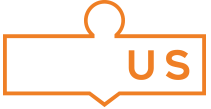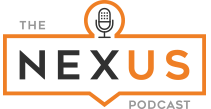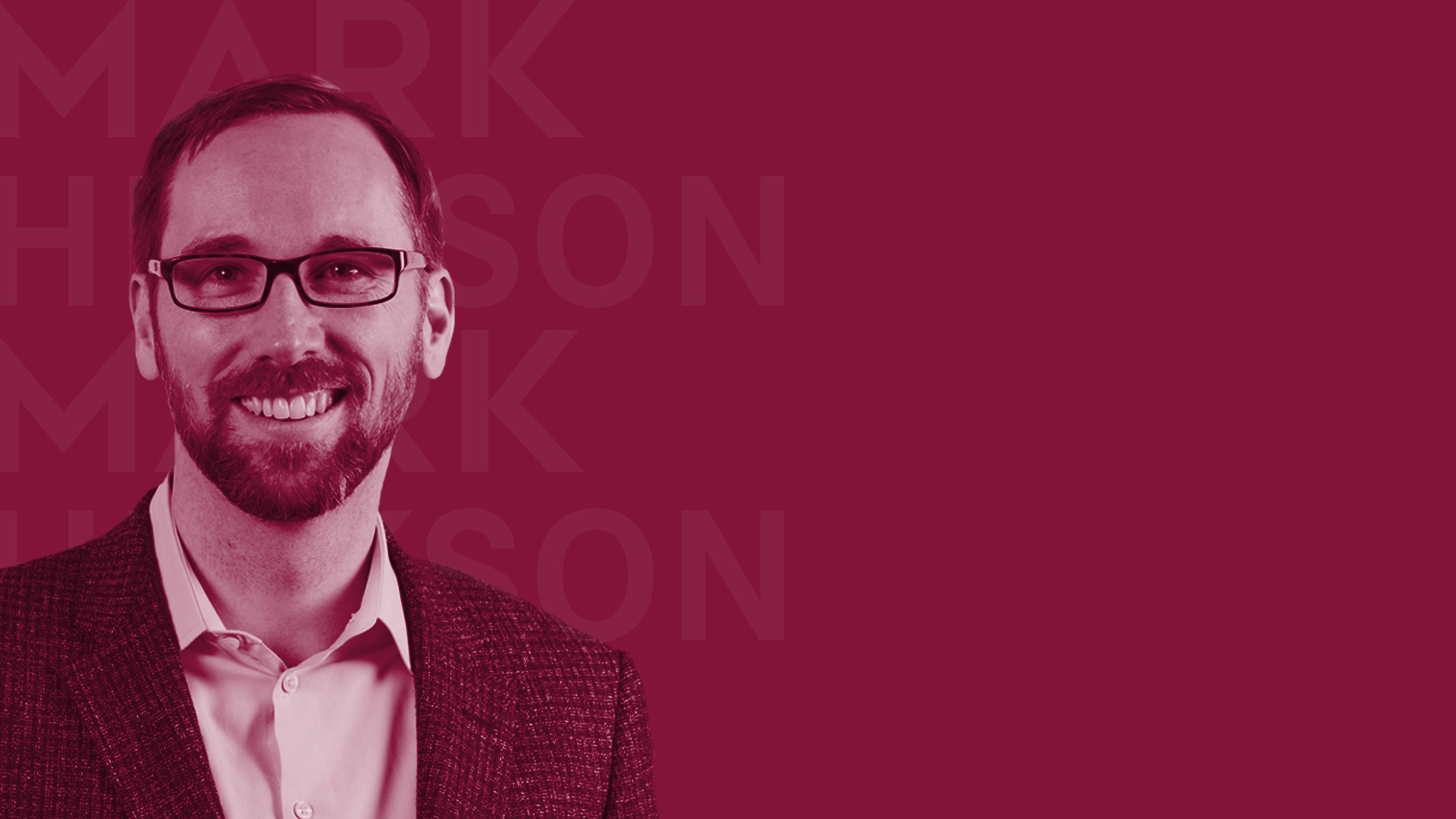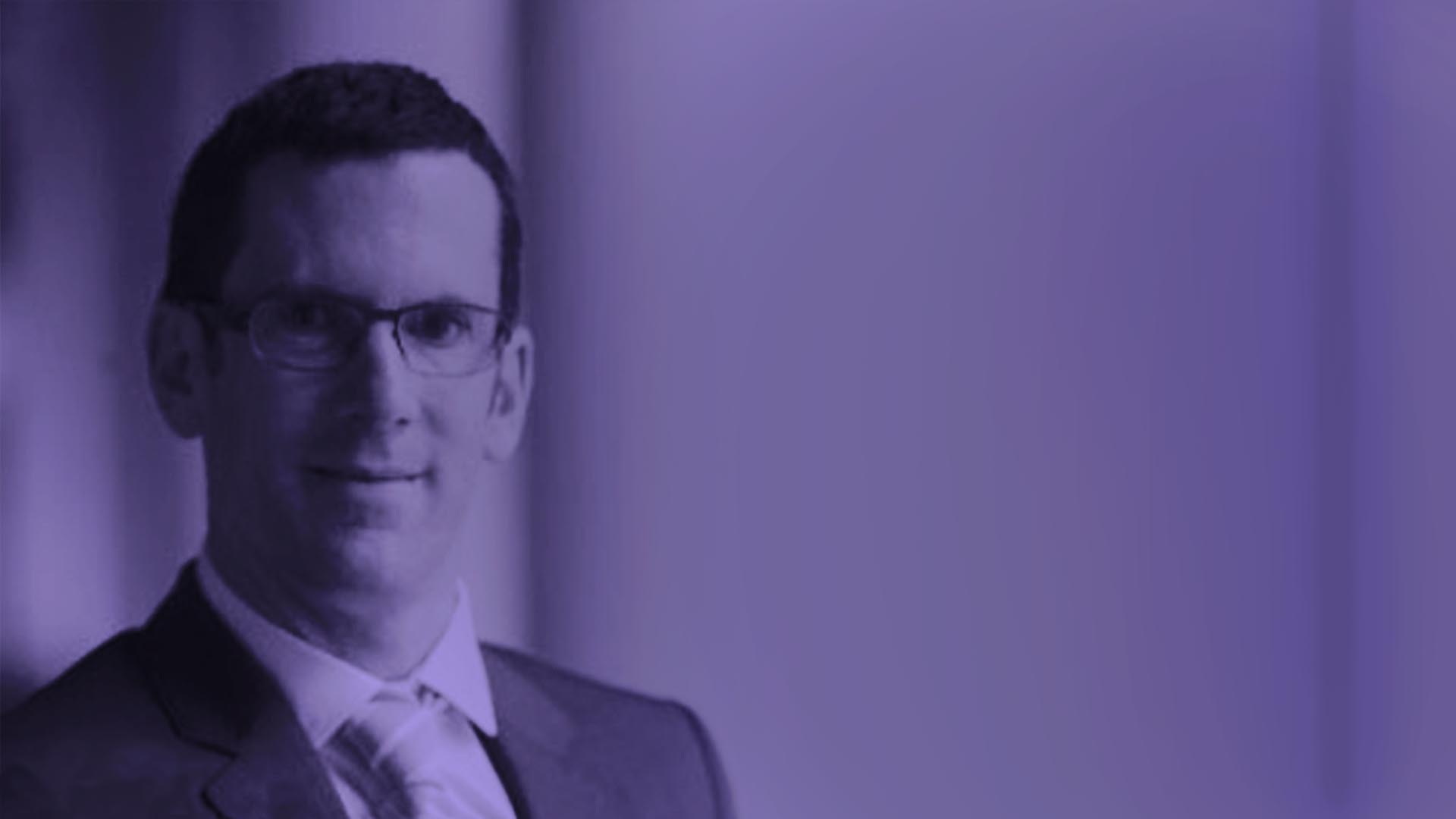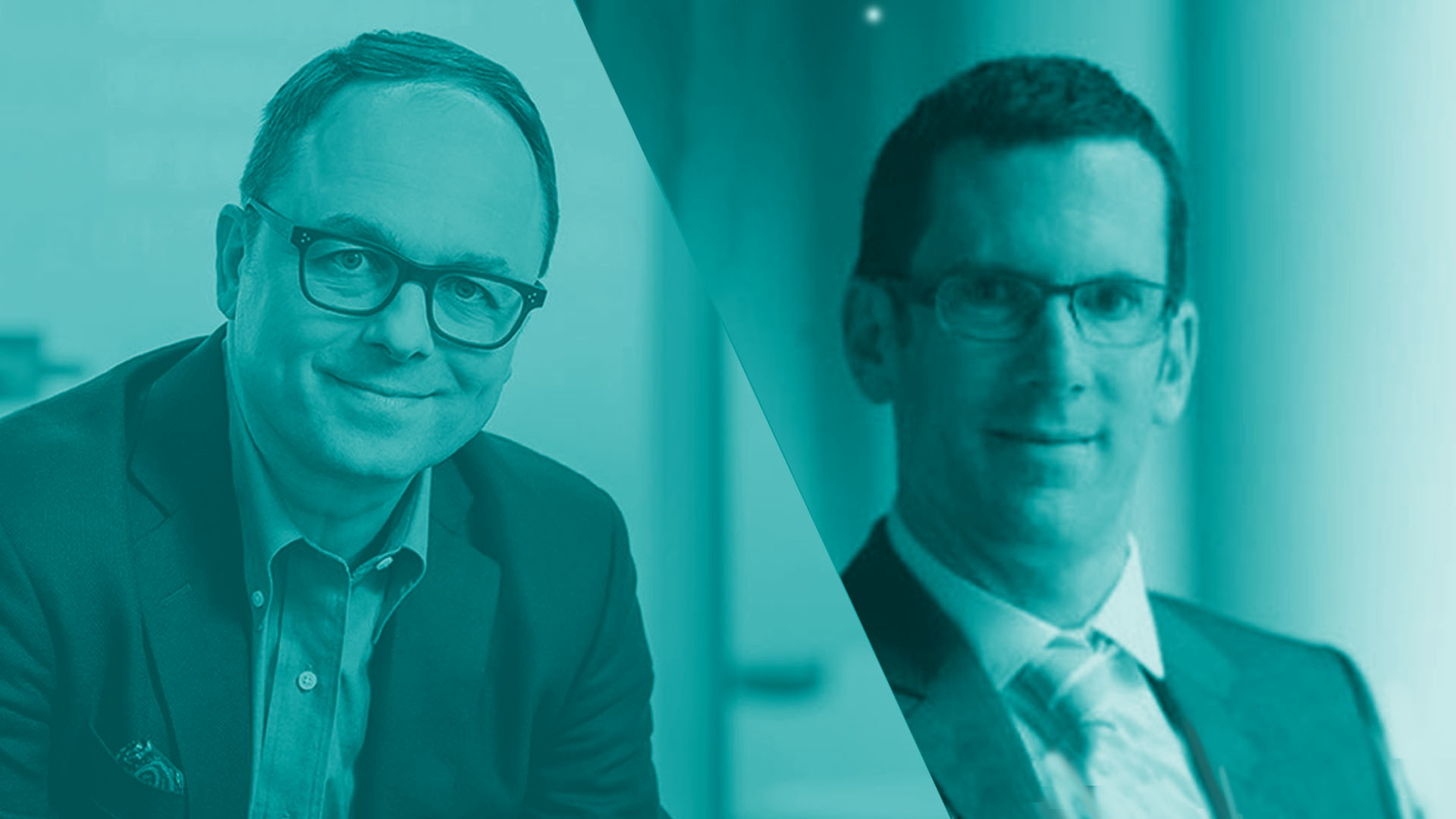Using Analytics in HR with Mark Hickson
With all due respect to the late Steve Jobs, micromanagers, the office was never any kind of guarantee that people would collaborate or be productive. At the same time optimizing performance is still a worthy goal and one that’s not quite as easy now that every day is Wear Your Pajamas to work day. This week we’re talking to Mark Hickson, Knowledge and Insights Lead at Microsoft. He talks to us about people analytics, how to improve your team’s productivity and collaboration and what your organization can do to measure the power of employee connections, improving focus, scheduling resources, and employee wellness.
Chris Nelson [00:00:02] If you’re like me and you like working in your pajamas and your efforts to implement a weekly Wear Your Pajamas to Work Day have thus far proven futile, the no doubt it was thrilling to see the working world arrive at the same epiphany about working from home that you already had.
Chris Nelson [00:00:20] You don’t have to be in an office to have an impact. You don’t even have to wear pants.
Chris Nelson [00:00:26] With all due respect to the late Steve Jobs or micromanagers, the office was never any kind of guarantee that people would collaborate or be productive. At the same time, optimizing performance is still a worthy goal, and one that’s not quite as easy now that every day is wear your pajamas to workday. But our guest on today’s podcast is among those working on a solution. His name is Mark Hickson and he works for Microsoft as a knowledge and insights lead. Basically, he helps companies understand how their people work by seeing how they use all the applications and platforms to get that work done.
Chris Nelson [00:01:01] Doing this produces what Mark calls digital signal, and it is in many ways more reliable than surveys, focus groups or even observing things with your own eyes. Shout out to anyone who’s mastered the ability to look busy without actually being busy. Now, that solution may sound a bit like a surveillance state for business, but as you’ll hear, Mark believes and I should pause here and say that Mark’s comments today are his own opinions and not those of Microsoft. Mark believes the answer is these tools provide can make people more productive and possibly even happier, if that’s what the culture at work wants. Mark joins us today at The Nexus.
Chris Nelson [00:01:42] The Nexus, a place where people converge and connect on this podcast, we look at the things that are changing the way all of us do our jobs. We’re going to take a quick peek into the minds of those people who are helping us change: scientists, HR leaders and experts in human performance. I’m Chris Nelson.
Chris Nelson [00:02:01] Tell us what you do.
Mark Hickson [00:02:02] I look after our knowledge and insights portfolio for Canada, really harnessing or helping our customers harness the power of what we call the Microsoft Graph, which is really a collection of signals and interactions among employees as they get their work done, that we then apply it intelligence to to provide incremental value back to employees and to organizations as a whole. So it’s inclusive of signals around knowledge and content, as well as activities and collaboration among employees.
Chris Nelson [00:02:32] It’s almost like tracking progress or work effort, using that data to find or shore up efficiencies.
Mark Hickson [00:02:41] You know, what’s interesting is that this work is happening, whether we’re sort of monitoring it or not.
Mark Hickson [00:02:48] And previously, a lot of time and motion studies were done to try to capture similar insights, watch people interview people, walk around the halls with clipboards, et cetera, to try to get a sense of how the interactions are happening, who works with whom, how information flows and so on. Our innovation really is to sort of leverage now digital signal to be able to do that passively and much more objectively. But to your point, it really does give that insight around where the collaboration time is going, where that those networks are forming to exactly that, to better inform essentially those paths and how things are happening, to find bottlenecks, to find problem areas, but also to identify patterns of success and those sort of sweet spots to replicate across the organization as well.
Chris Nelson [00:03:34] You know, lots of leaders, lots of people, managers may have in the past equated presence in the office with productivity.
Mark Hickson [00:03:44] And I’m wondering into your mind or in your opinion, how much did that perception perhaps stand in the way of leveraging this kind of useful analytics?
Mark Hickson [00:03:53] There always was that sort of false sense of a truth to suggest that if people are here, if people are in their seats, if people are buzzing, that’s equating to outcomes. That clearly isn’t true in and of itself. There’s so much more required to actually get to a positive outcome. But yes, this situation is forced everyone to sort of rethink what that means to them fundamentally.
Chris Nelson [00:04:15] How have clients attitudes changed about this data now that we’re in to a phase where work from home is probably going to be our reality for the indefinite future?
Mark Hickson [00:04:30] I think one of the biggest differences is the shift from looking at this data as an opportunity to think about driving business performance and efficiencies and outcomes and effectiveness and agility to the top of mind reason to think about access to this type of data and insights from it is employee well-being and sustainability, recognizing the risks of burnout, recognizing the lack of any sort of transition time that we now have between our work life and our personal life and the real impacts those are going to have not only on employees and their well-being, but ultimately the business performance to.
Chris Nelson [00:05:07] My workday would stretch into the evenings not because I had more work to do, but because my day was consumed with more meetings and all my executional work. I’d have to push to the evenings. Can what you’re doing fix that problem?
Mark Hickson [00:05:26] I wish it was this sort of magic that could fix that problem for all of us immediately.
Mark Hickson [00:05:30] But by definition, we’re talking about the influences of collaboration. And collaboration is a team sport. It involves more than one person. So so no one individual can make a change that will solve for this. It does need an aggregate team wide and ultimately department and or wide view and an agreement, if you will, just sort of take the power back. That’s not a new concept, right? It’s not a new problem. What is new is now this opportunity to have these objective measures to be our guidepost to help sort of earn the attention and the commitment to make change and at the same time provide a way to actually demonstrably measure that.
Chris Nelson [00:06:12] And this sort of goes back to both the blessing and the possible dark side of outlook calendars and that people can pluck time out of your day to do things. And what that produces is almost like a fragmented work experience.
Chris Nelson [00:06:27] Is it possible to create an environment where you can actually successfully create that kind of connection with people while also getting work done within an eight hour day and not feeling burned out or having to file divorce papers with your spouse because you’re not spending enough time with them?
Mark Hickson [00:06:45] It’s absolutely possible. The way that happens and the degree to which it can be successful is relative to the role, to the culture, to the function of the individuals, et cetera. It takes a tangible effort. It takes communication. We all have to communicate our boundaries, if you will communicate how we want to protect our time or not. There needs to be a culture that respects that.
Mark Hickson [00:07:09] Just today I have put in my calendar and I never used to do this, but I put in a block out of office block for lunch every single day. I never did that before because who eats lunch? Who has time to get lunch? So there was just no point. It was silly. But you know what? My kids are at home doing their school right now. And we have this opportunity now as a family to sit and have thirty minutes together every single day that we never had before. And if I can make that happen on a daily basis, that is a huge benefit in a situation where there’s a lot of challenges. And so I added that in my calendar full block every single day. I had a colleague reach out to me today and he said, hey, I see that you have this block. He and I were working to schedule a customer meeting. He said, would it be OK if I did this particular meeting on one of these times? And he checked in with me and I said, you know what? Absolutely. It can be OK for that. Yes. Thank you for checking, but let’s do it. So that commitment on your own side, that culture and the partnership people on the other side is how ultimately this happens.
Chris Nelson [00:08:13] You can give them the data. It requires them to take action.
Mark Hickson [00:08:18] Again, no magic. Right? You buy one of those fancy fitness trackers and you put it on your wrist. You’re not healthy immediately. You’ve got to put in the work.
Mark Hickson [00:08:24] You have that commitment to drive change what those tools and data points, et cetera, are doing is to help you be more successful in doing that.
Chris Nelson [00:08:31] Sometimes this technology can feel a little bit intrusive. How do you reassure those people who sort of feel like, I don’t know if I want all of my efforts and collaborations, informal or otherwise, being tracked so completely?
Mark Hickson [00:08:48] It’s a real thing, isn’t it, this sort of sort of fear of Big Brother, if you will? And so we take it very, very seriously. What our solution is designed to do is to help inform it at a macro view, these collaboration dynamics in these network measures to help understand how work is getting done and take improvement to protect employee privacy. This data is densified by our tool presented in aggregate. It has a role based access controls and ordered logging’s fully compliant. So again, it is ultimately up to customers how they use the data. It’s theirs. But the way that we have designed it is very much in the spirit of protecting employee privacy and using this at the level in which I’ve described around these these macro views to help the organization as a whole move forward.
Chris Nelson [00:09:34] Here is an opportunity to use metrics to identify those challenges in this business. Are there silos? Can we identify where those silos are? Can we tear those silos down and create more cross functionality? Is that achievable? And is that a function of the data or is it a function of the will of the client?
Mark Hickson [00:09:53] Both. What we found is that the will of the client often isn’t sufficient, that everybody has the best intentions. Everybody’s always felt like everybody’s in too many meetings and it’s not. But it’s it’s been difficult to make a step change there. On the other side, data by itself doesn’t enact change. We talked about the fitness tracker analogy. Both together – that’s when magic can happen. You’ve got the commitment and the desire and you’ve got the guideposts. You’ve got the measurements. You’ve got the progress. That’s when you can really make measurable change and make it stick.
Chris Nelson [00:10:23] You know how Steve Jobs would place so much emphasis on the random encounters in the workplace that spark ideas? Is there a way to successfully track and measure the impact of losing those moments or finding a way to recreate those moments? Even though we’re working from home?
Mark Hickson [00:10:43] I don’t think any tool will ever replace human connection. So fundamentally, the answer is no, and that is a problem.
Mark Hickson [00:10:50] And that is something that we’re all sort of having to adjust to and adapt to. Fundamentally, what we’re trying to do is sort of continue to think about the ultimate outcomes and outcomes are measured. A lot of people ask me, like, you’re measuring productivity. No, we’re not measuring productivity. We’re measuring collaboration and networks and relationships as ways and inputs to productivity.
Mark Hickson [00:11:10] Productivity measures are uniquely yours as an organization. You make something, you make something happen, you measure those things. You have your own measures for those outcomes. What this allows you to do is understand sort of the dynamics and the inputs into achieving those outcomes. And so I think everybody’s in this situation right now. Most customers have said, you know, can we have some sort of a view into the way work got done before as a measure to say that was normal? And if we can equate to that, we can have the same for example, the same relative collaboration patterns, the same relative networks and connections that gives us at least some comfort that we are from a business performance perspective, as we were before.
Chris Nelson [00:11:53] Mark, thank you for making the time. Very illuminating discussion. And I hope we can sort of have you back to talk about it further.
Mark Hickson [00:11:59] I appreciate you having me on. It’s great to kind of dig into the depth that we’ve dug in.
Chris Nelson [00:12:06] We’re now eight episodes into our little podcast, Oddisee, our policy, if you will. And I’ve yet to acknowledge the extraordinary efforts of Alexa Podio, our producer, editor and sound designer.
Alexa Pavao [00:12:18] Thanks, Chris.
Chris Nelson [00:12:18] No, thank you. The Nexus is a production of Nexus Communications, who’s been providing innovative talent communications solutions to clients for more than two decades. Wow, that’s a mouthful. You can find us at Nexus Communications dot com. That’s an e x US communications dot com. And be sure to subscribe to us. Read us, make a comment about us on Apple podcasts, Spotify or wherever you happen to get your podcasts. I’m Chris Nelson. Thanks for listening.
